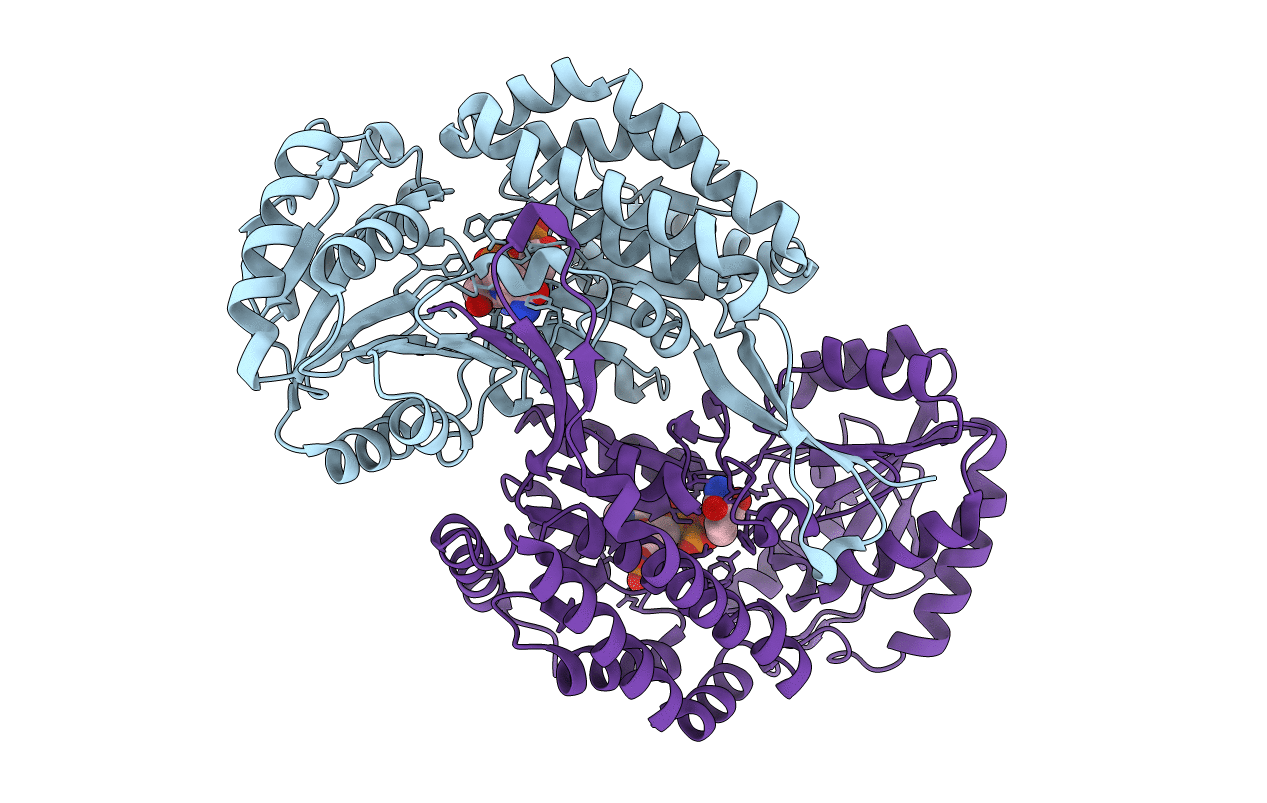
Deposition Date
2016-12-22
Release Date
2017-04-12
Last Version Date
2023-10-04
Entry Detail
PDB ID:
5UCD
Keywords:
Title:
Benzaldehyde Dehydrogenase, a Class 3 Aldehyde Dehydrogenase, with bound NADP+ and Benzoate Adduct
Biological Source:
Source Organism:
Pseudomonas putida (Taxon ID: 303)
Host Organism:
Method Details:
Experimental Method:
Resolution:
2.28 Å
R-Value Free:
0.23
R-Value Work:
0.18
R-Value Observed:
0.19
Space Group:
I 41 2 2


